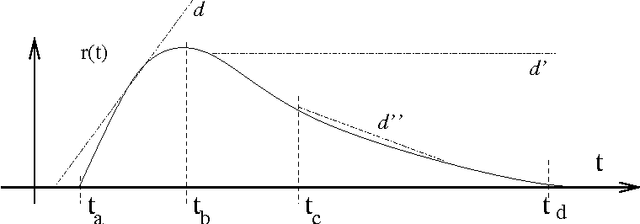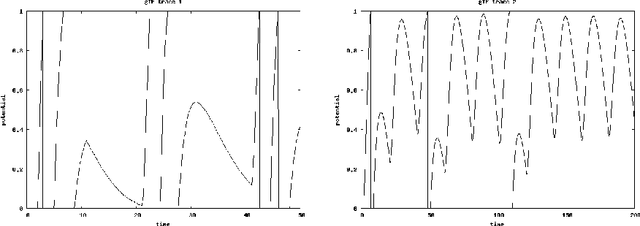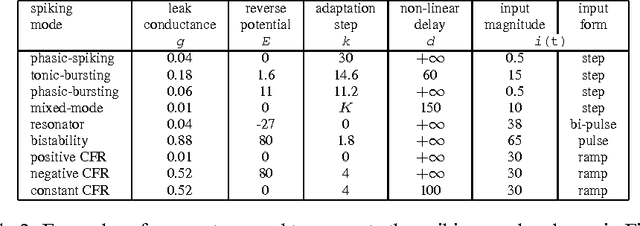Thierry Viéville
Introducing numerical bounds to improve event-based neural network simulation
Mar 20, 2009



Abstract:Although the spike-trains in neural networks are mainly constrained by the neural dynamics itself, global temporal constraints (refractoriness, time precision, propagation delays, ..) are also to be taken into account. These constraints are revisited in this paper in order to use them in event-based simulation paradigms. We first review these constraints, and discuss their consequences at the simulation level, showing how event-based simulation of time-constrained networks can be simplified in this context: the underlying data-structures are strongly simplified, while event-based and clock-based mechanisms can be easily mixed. These ideas are applied to punctual conductance-based generalized integrate-and-fire neural networks simulation, while spike-response model simulations are also revisited within this framework. As an outcome, a fast minimal complementary alternative with respect to existing simulation event-based methods, with the possibility to simulate interesting neuron models is implemented and experimented.
To which extend is the "neural code" a metric ?
Oct 22, 2008


Abstract:Here is proposed a review of the different choices to structure spike trains, using deterministic metrics. Temporal constraints observed in biological or computational spike trains are first taken into account. The relation with existing neural codes (rate coding, rank coding, phase coding, ..) is then discussed. To which extend the "neural code" contained in spike trains is related to a metric appears to be a key point, a generalization of the Victor-Purpura metric family being proposed for temporal constrained causal spike trains
 Add to Chrome
Add to Chrome Add to Firefox
Add to Firefox Add to Edge
Add to Edge